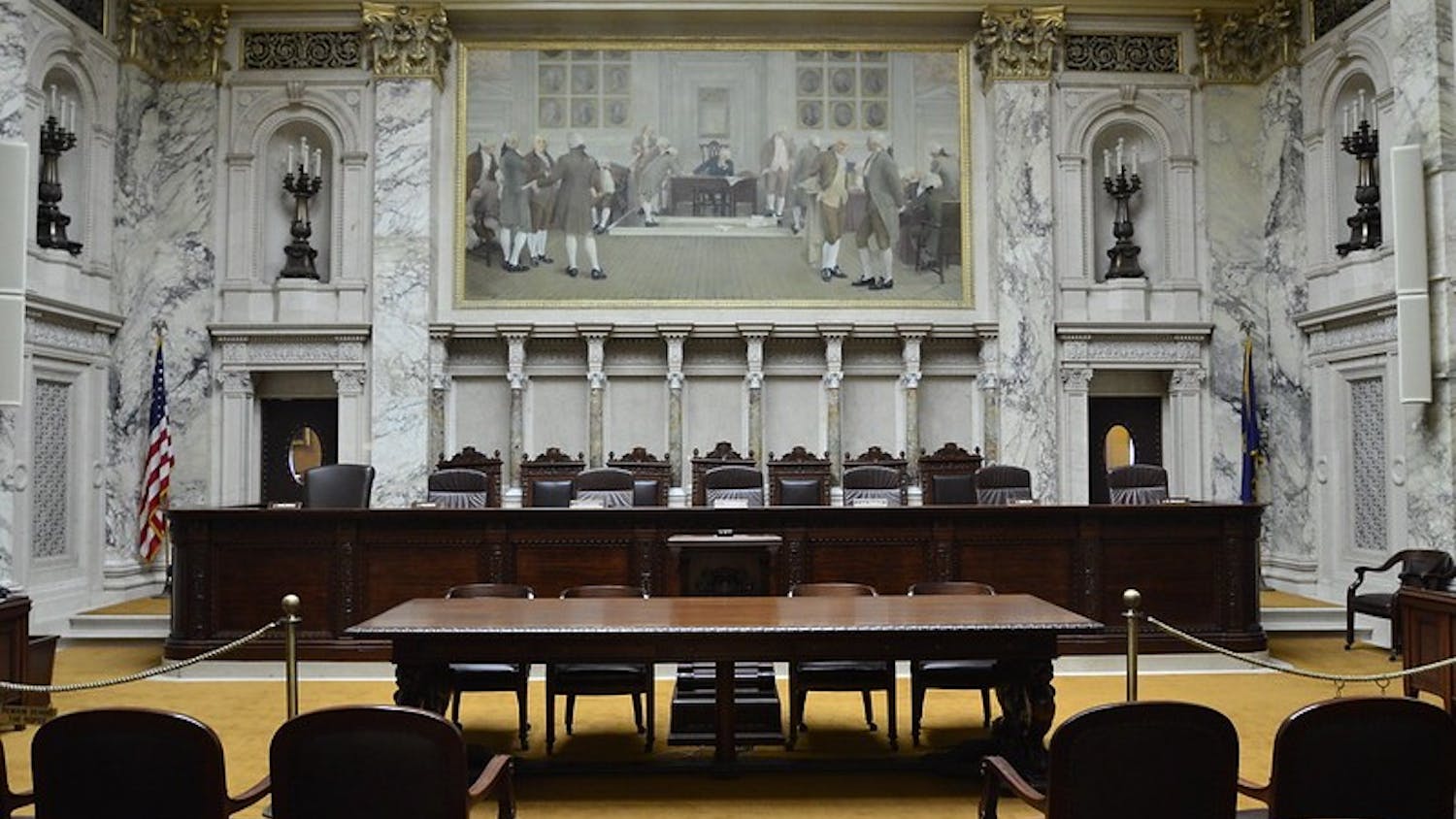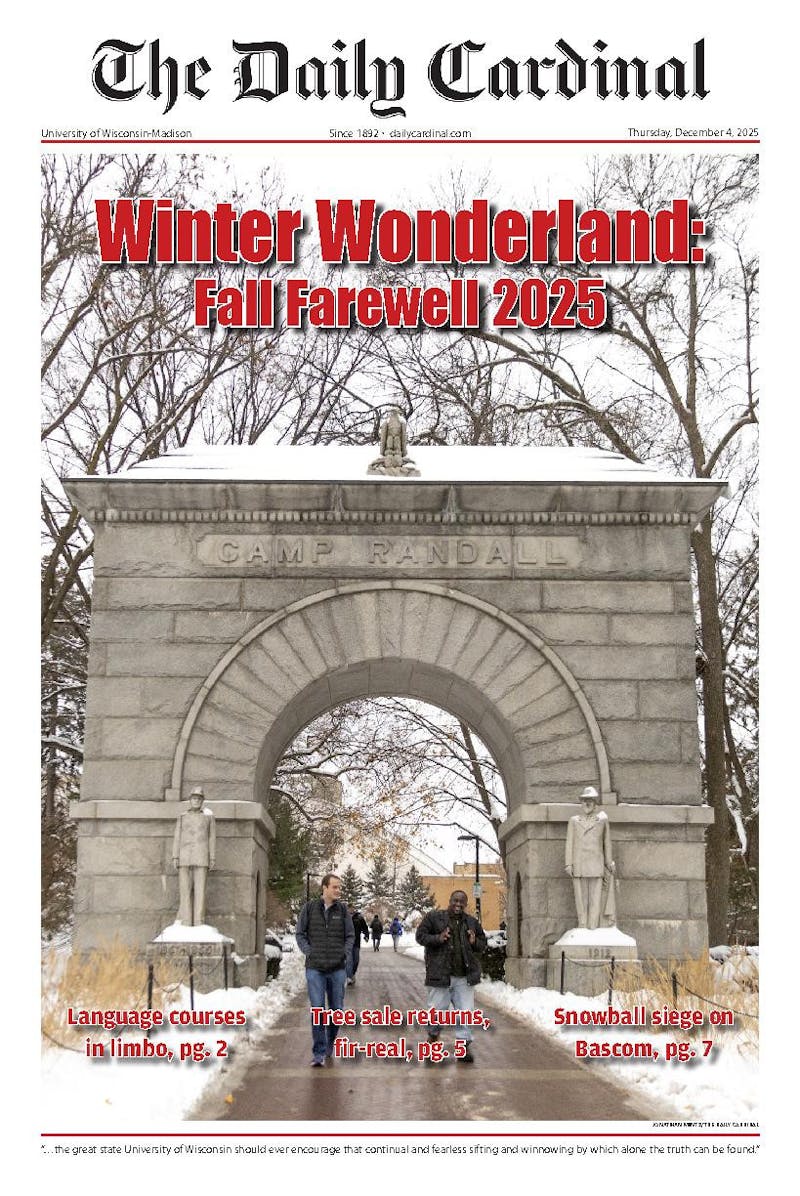Last week, the Census Bureau released statistics showing that the number of those without health insurance jumped 2.4 million, bringing the national level to 43.6 million, or 15.2 percent of the population.
If that was not enough bad news for you, a few days before, the Census Bureau also released numbers saying that the number of people in poverty rose by 1.7 million people.
What is a person to make of such depressing numbers? Well, there is good news and bad news. The high number of those uninsured did show some positive things while the poverty rate is probably underestimating the true problem.
In the health insurance report, the Census Bureau reported that the number of children who did not have health insurance stayed constant. It also appears most of the drop in adult health insurance came from the decrease in employer-based health care. This is most likely a function of the high unemployment and will rise when hiring starts to pick up. Also, even though this number represents the number of people that did not have health care for the whole year, the Census Bureau reported that those who lost their insurance at one point tended to gain it back in a short time.
Switching topics, the government measures the poverty level by simply figuring the distribution of earnings and setting a poverty level. From this, whoever earns less than the defined poverty level is poor. The problem with this measure is the poverty level does not accurately reflect the costs of living today.
A government statistician developed the poverty level about 40 years ago. The level was reflective of the period back then where most of income was spent on food. However, over the last 40 years, food has become cheaper in comparison to housing and healthcare, thereby creating a much lower poverty level that does not reflect the cost of living.
How can this be remedied? When it comes to health care it is most important to control the rapidly spiraling costs. If health care prices were stabilized, more firms would be willing to re-extend benefits.
For poverty, the issue is more complex. We should have seen a bigger jump in wages over recent years since productivity has surged. No one knows exactly why this has not happened. When a country is as rich as the United States and 12 percent of the population is living in poverty, something is wrong.
Poverty will always exist in a relative sense. However, the question remains why it needs to exist in an absolute sense. Everyone in this country should have a basic level of health care, food and housing. But the solution is not simply a handout. The question at hand is why the children of the upper class tend to stay in the upper class while the talented poor children do not move up.
A truly equitable society will not have equal outcomes, but equal opportunities reflected in the constant mixing of the upper and lower classes.





